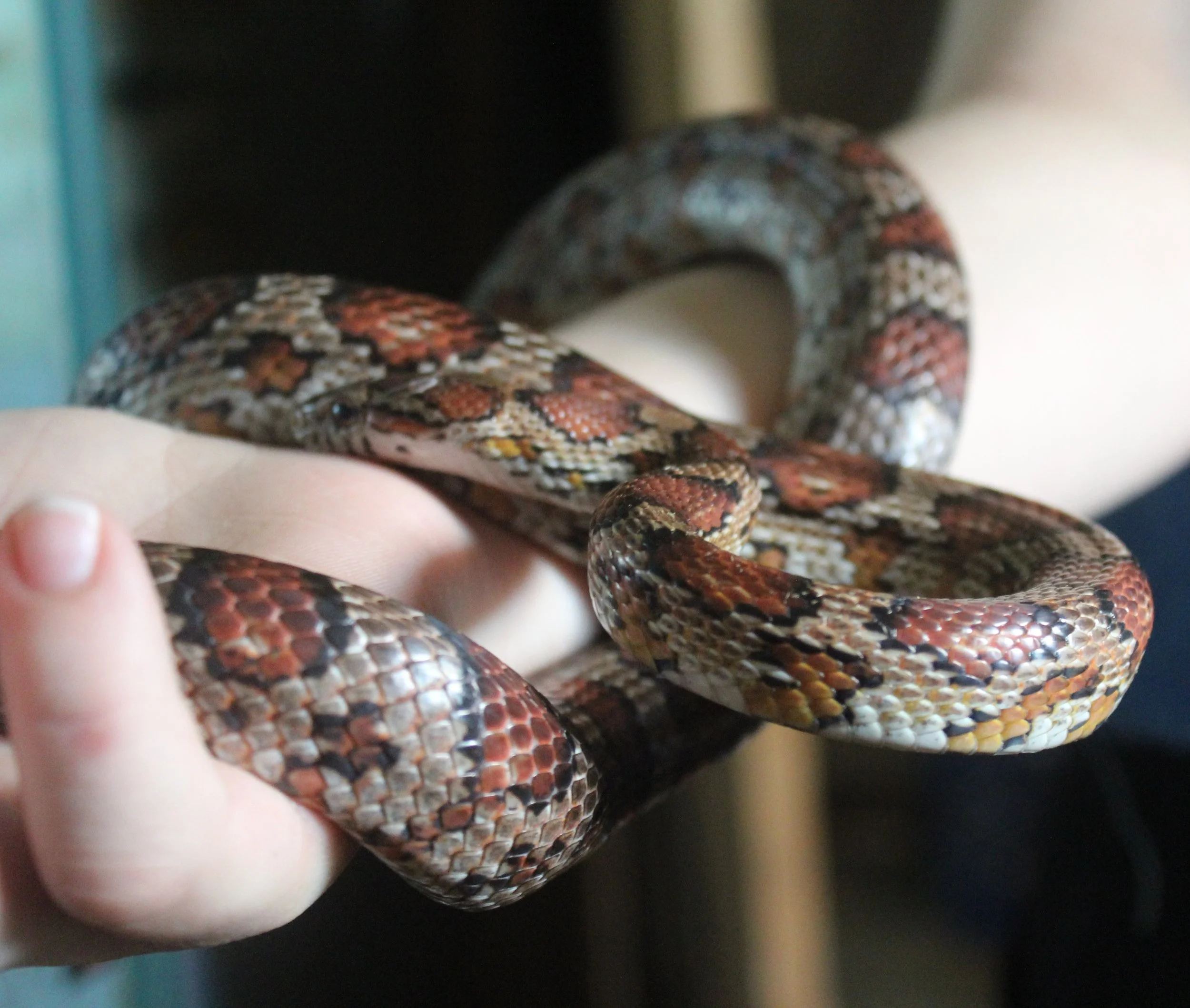As a licensed wildlife rehabilitator, you are charged with feeding your babies until they are ready to be released. This can be a daunting task. There is a lot of controversy among experts when it comes to what is the best formula to give.
How To Become A Licensed Wildlife Rehabilitator
Wildlife rehabilitation is the rescue and care of injured and orphaned wildlife. Wildlife rehabilitators play an important role as conservationists and humanitarians.
Are you interested in becoming a Licensed Wildlife Rehabilitator? Keep reading as I am going to give you first-hand knowledge based on twelve years of personal experience on what it takes to become a licensed wildlife rehabilitator.
Everything You Need to Know About Wildlife Crossings (and Three Ways You Can Help)
Everything You Want To Know About White-Tailed Deer
Corn Snakes - Hidden Beauties
The Fantastic Fox
Opossums: Kentucky's Only Stunning Marsupial!
Kentucky Turtles - Slowly Walking Towards Extinction?
You know at Fox Run Environmental Education Center we love our turtles! We are also very concerned about the fate of turtles in Kentucky. Kentucky is home to several species of turtles which are endangered or threatened.
Turtles Are Terrific!
Updated September 27, 2019. Turtles are easy to recognize reptiles that are famous for carrying their house on their back. They are often portrayed as slow-moving and dim-witted in stories and cartoons. But they are faster and more intelligent than given credit for! In Kentucky, we have 14 species of turtles. All of our turtles are aquatic and live in water except for one, the Eastern Box Turtle.
The Dynamic Digger - The Groundhog
With the ability to move 700 pounds of dirt an hour, the groundhog builds an impressive underground home that reaches 10 – 60 feet in length and may be three layers. Just like your house, the tunnels contain numerous chambers or rooms for sleeping, eating and bathroom facilities. Two to five entrances allow easy access and escape from predators.

















